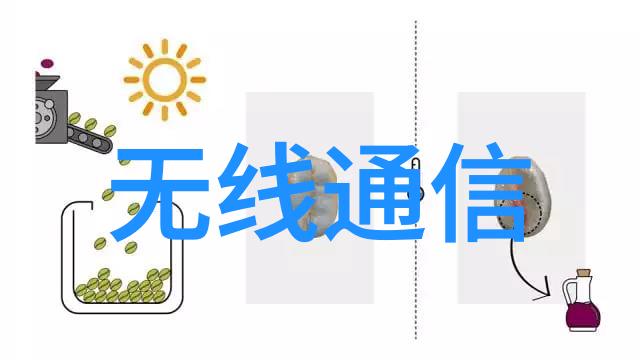您现在的位置是: 首页 - 无线通信 - 技术解析-Decoupling The English Perspective on Separat 无线通信
技术解析-Decoupling The English Perspective on Separat
2025-05-25 【无线通信】 0人已围观
简介Decoupling: The English Perspective on Separating Systems for Efficiency and Innovation In the world of technology and business, efficiency is key to success. One way to achieve this is through
Decoupling: The English Perspective on Separating Systems for Efficiency and Innovation

In the world of technology and business, efficiency is key to success. One way to achieve this is through decoupling, or separating systems so that they can operate independently while still working together effectively. This approach has gained significant traction in recent years, with companies such as Amazon and Google leading the charge.
At its core, decoupling involves breaking down complex systems into smaller components that can be developed and maintained separately. This allows for greater flexibility and innovation, as each component can be updated or replaced without affecting the entire system. For example, a company might decouple its e-commerce platform from its payment processing system to improve security and reduce downtime.

One notable case study of successful decoupling is Netflix's use of microservices architecture. By breaking down their platform into small services that communicate with each other using APIs, Netflix was able to scale quickly during periods of high demand without experiencing any major disruptions.
Another example is Spotify's use of event-driven architecture (EDA). EDA allows different parts of a system to react independently to specific events rather than being tightly coupled together. This has allowed Spotify to handle large volumes of user data more efficiently while also improving overall performance.

In addition to these real-world examples, there are many benefits associated with adopting a decoupled approach in software development:
Scalability: Decoupled systems are easier to scale up or down depending on demand.
Flexibility: Components can be updated independently without disrupting the entire system.

Resilience: If one part of the system fails or experiences issues, it will not bring down the entire application.
Improved collaboration between teams: Decoupling enables developers from different teams to work on separate components simultaneously without conflicts arising due mainly from tight coupling.

While there may be challenges involved in implementing a fully decoupled approach – such as increased complexity in managing interdependent services – it offers numerous advantages when done correctly.
By embracing this innovative strategy known as "分离器英文" (decouples), businesses across various industries have been able successfully increase efficiency levels while fostering growth through continuous improvement within their operations.
As we move forward into an increasingly interconnected digital landscape where speed-to-market matters more than ever before,adopting effective strategies like “分离器英文” could prove vital for organizations seeking competitive advantage.





